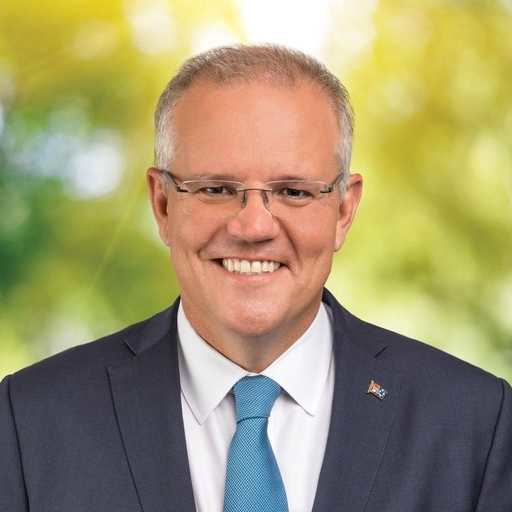
Electricity has properties that require supply and demand to always balance every few seconds.
This means, firstly, that there has to be a considerable surplus of supply in order to cope with swings in demand. Secondly, a large share of supply (and/or demand) has to be capable of rapidly switching on and off.
There is probably no other area of the economy with such time-sensitive complexity and an array of different providers with vastly dissimilar cost profiles.
Electricity is an area of commerce that is highly unsuitable for political control.
It is an industry muddied by market overrides, the engineering of particular prices for different customer classes, and favour shown toward different supply sources. Yet electricity and gas (subject to a lesser degree of market complexities), are the areas of the economy most heavily under political control – with predictably disastrous outcomes.
Here is the strong upward trend in Australia’s price which has been caused by subsidising wind/solar and penalising coal – a policy that all Australian governments want to intensify.
Here is the price outcome of England’s more rapid politically induced ‘energy transition’ to wind/solar.
Government-forced ‘energy transitions’ involve the replacement of controllable coal gas and nuclear generation by naturally variable wind and solar. Wherever such policies have been applied they have brought skyrocketing prices.
At their meeting on August 12, Australian energy ministers expressed their intent to ‘transition’ faster towards wind and solar. To facilitate this acceleration, they set an utterly incompatible policy mix that places emission reductions as a co-equal objective with low and stable prices.
The energy ministers had previously moved towards a fundamental change in the market rules.
At present, Australia’s national market is primarily an ‘energy-only’ regime under which the retailer has the responsibility for ensuring it is fully covered for the demand its customers may require – with bankruptcy the penalty for failure to do so. Energy ministers were attracted to a model that pays separately for the energy generated and for the capacity of producers to be ready to answer the call for more supply.
The UK adopted this ‘capacity market’ model some years ago, arguing that it would provide price stability and greater reliability. But last year the UK saw both unprecedented price volatility and 31 (mainly small) retailers being forced out of business.
The superior case for an energy-only market was argued by the Australian Energy Market Commission (AEMC). AEMC demonstrated that having each retailer, rather than a government entity, determine its own appropriate reserve levels is cheaper.
But capacity markets are popular with regulators and politicians because they add a further tier of control, hence the Energy Security Board (ESB) was given the task of managing a shift to this approach.
Dutifully, it argued:
‘A capacity mechanism …. will help reduce the risk of a disorderly transition. It is a more direct, more certain way of ensuring we have the right amount and the right mix of capacity that we need, to deliver affordable and reliable power as our system decarbonises.’
Some, however, favour capacity markets in the hope that they will equalise returns between alternative technologies.
Although market interventions have raised prices to the benefit of wind/solar as well as coal (and hydro) generators, the following shows that wind/solar have benefited less from these commercial outcomes.
Revenue for wind and solar in the current year has been around 40 per cent – about $95 per MWh – below the market average.
Source: opennem.org.au
In part, this is because wind/solar get a subsidy (currently around $60 per MWh or about 40 per cent of last year’s market price). That means they can profitably operate at negative spot prices. But their dependency on nature also means they cannot take ramp up supply to take advantage of high-price events. The higher the market share of variable wind/solar supplies, the greater the gap is between their revenue per unit of output and that of the dispatchable generator supplies that are being transitioned out of the market.
The sort of capacity market that energy ministers envisaged would reduce this commercial premium for dispatchable electricity supplies. But the ESB proposed ‘that all resources contributing to capacity requirements be eligible to participate in the capacity mechanism’. The reality is that only coal, gas, and hydro can provide capacity for more than an hour. Wind and solar, being variable and dependent on climate and sunlight cannot offer any such support.
In yet another victory of blinkered green ideology over the low process and a strong economy, energy ministers preferred not to confront that reality and terminated the ESB’s commission at their meeting on August 12.
Although the Australian Energy Market Operator (AEMO) is fully on board in promoting the ‘energy transition’, it wishes to see that as ‘orderly’.
At a minimum, this entails special payments, like those entailed in a capacity market, to compensate for the costs government have imposed and to keep coal generators online.
AEMO warns of blackouts as a result of zero-emission policies forcing coal station retirements. However, joining politicians driving us, Lemming-like, over the cliff, its antidote is an impossible increase in funding and building renewables plus more transmission.
In other words, AEMO is pushing the UK approach, which has led to an outcome even worse than that Australia is experiencing.
Former prime minister Scott Morrison may retire from parliament by the end of the year with hopes of potentially taking up a key international consulting post.......He was a nothing P.M....WEAK & FECKLESS...and now RUNNING AWAY from the Country he helped destroyed, JUSTICE needs to be served and SCOMO needs to be around to answer for his COWARDICE.













